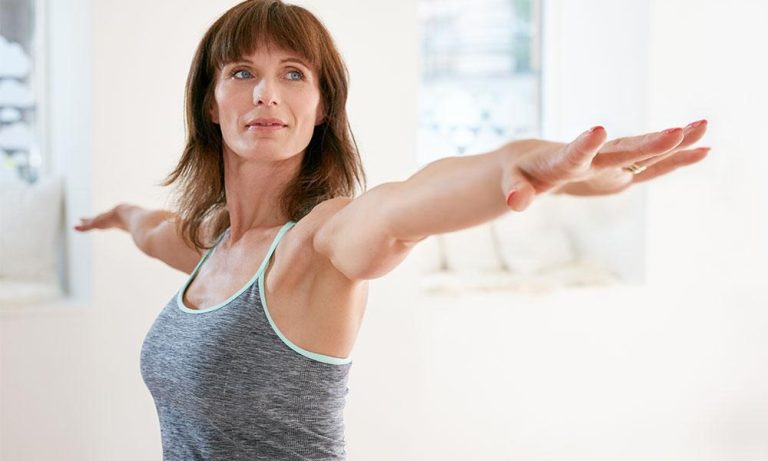Breaking a bone is not a huge problem for children. Simply get a cast, have your pals sign it, and you should be all set in a few weeks. Your body’s resilience decreases with age, making it more difficult for injuries to heal as they happen. What formerly was a little slip and fall that left you with a scratched knee might now leave you with a fractured arm or hip.
When a person’s bones lose density with age, they may develop osteoporosis, a dangerous condition.
Osteoporosis and Potential Effects
As you age, your chance of developing osteoporosis rises. The International Osteoporosis Foundation estimates that beyond the age of 50, one in three women and one in five men may have an osteoporotic fracture. Compared to any other time in a woman’s life, the menopause is when osteoporosis is most prone to strike. A reduction in oestrogen production is one of the numerous alterations that take place during menopause in the body. So when you are looking for better joint functions and muscle functions of the individuals, then knowing what is Thrive and acting based on your knowledge is essential.
Preservation of bone health
Even though osteoporosis is more frequent in women over the age of 65, maintaining bone health throughout one’s life is crucial for lowering the rate of bone loss. Some of the most astute advice for promoting bone health is shared. For that Thrive usage is a good idea. You would need to know of course.
Stop engaging in foul behaviour
Your everyday activities may change a number of elements that affect the strength of your bones. Regular alcohol use and cigarette smoking may both have the adverse effect of reducing bone density. Reducing or stopping these behaviours will benefit your whole health and wellbeing, not just your bones.
Workouts involving weight bearing should be done
Commitment to a consistent workout schedule is necessary to maintain a healthy lifestyle. It’s crucial to mix up your routines in order to acquire total-body fitness. Exercises that put weight on the joints, such walking, tennis, and aerobics, may assist preserve bone mass.
Consume better meals
Both calcium and vitamin D are necessary for the formation of strong bones. The recommended daily calcium intake for women under 50 is 1,000 milligrammes (mg), while the recommended daily vitamin D intake is 800 international units. (IU). For women over the age of 50, 1,200 mg of calcium and 1,000 IU of vitamin D are the recommended daily allowances, respectively. Take into consideration boosting your consumption of calcium-rich foods including milk, cheese, certain seafood, and dark, leafy greens. And vitamin D has been added to the majority of breads and breakfast cereals. If you are concerned that you are not getting enough of these nutrients from your diet, you should speak to your primary care doctor or a nutritionist about creating a nutrition plan.
Plan a bone density test right away
Using low-dose X-rays of the hips and spine, a bone density scan quantifies the amount of calcium and other minerals in the patient’s bones. Although it is often advised that screening begin at age 65, your doctor may consider beginning screening earlier if you have a high risk due to your family history or prolonged use of drugs that reduce bone density (such as corticosteroids).
It can take a bone density scan or a patient fracture before the full amount of osteoporosis’ consequences can be determined.

